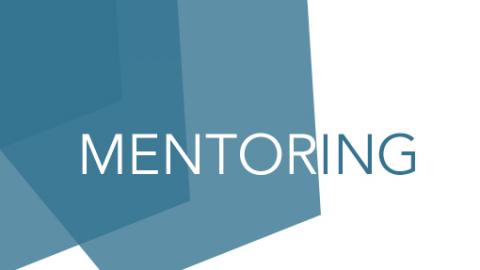
By Jeremy Hawkins, PhD, ATC
In 1871, Philip P. Bliss, an American composer and conductor, published the following:
Brightly beams our Father’s mercy,
From His lighthouse evermore,
But to us He gives the keeping
Of the lights along the shore.
Refrain:
Let the lower lights be burning!
Send a gleam across the wave!
Some poor fainting, struggling seaman
You may rescue, you may save.
Dark the night of sin has settled,
Loud the angry billows roar;
Eager eyes are watching, longing,
For the lights along the shore.
Trim your feeble lamp, my brother;
Some poor sailor, tempest-tossed,
Trying now to make the harbor,
In the darkness may be lost.
Knowing Mr. Bliss was a writer of gospel music, it is easy to infer central religious meaning behind the words of this hymn. However, I believe his words can also be applied to the process of becoming an athletic trainer.
Consider this: There are competencies and proficiencies that are central to what we do as athletic trainers. Like the light from a lighthouse, they guide us toward becoming an athletic trainer. As an AT student, does mastering these competencies and proficiencies seem daunting? Do you ever question whether or not you will be able to wrap your mind around it all and one day say you are competent and proficient? I know I did when I was a student. That feeling seems to go fairly well with the “dark of night” and “angry billows” mentioned above.
To me, a key to successfully navigating the seas associated with becoming an athletic trainer is finding good mentors who have their “lower lights burning.” Understanding the purpose of the lower light is important. Lighthouses were used historically to identify the coastline and hazardous areas near the coastline. In instances where the access to a harbor was narrow or particularly challenging, a second lower light was illuminated. When the upper (lighthouse) light and the lower light were aligned, the mariner knew he or she was on the correct course.
As an athletic training student, you need mentors who are good lower lights to guide you on the correct course. In many situations this guidance will come from your instructors and preceptors. But it doesn’t always, nor does it have to. Look to your peers for guidance, and make sure you are constantly working to “trim your feeble lamp” so as to be a good lower light to help guide others. Regardless of your experience and education, trust that you know enough to help someone else. This mentoring mentality is crucial to your progress and eventual success.
Editors Note: The NATA Ethnic Diversity Advisory Committee has created a mentor database to help facilitate more mentoring within the NATA membership. It's a great resource if you are looking for a mentor or would like to be a mentor to someone else. Check it out.
Written by regular blog contributor Jeremy Hawkins, PhD, ATC, professor at Colorado Mesa University
Posted by Jordan Grantham (jordang@nata.org)





